The UX/UI redesign project for Alliantgroup.com aimed to enhance the user experience and align the website with the company’s business objectives. Our focus was on improving usability, functionality, and overall design aesthetics to drive conversions, generate leads, and establish a strong online presence.
We began by conducting a thorough analysis of the existing Alliantgroup.com website. This involved identifying pain points, usability issues, and areas needing improvement. Key metrics such as bounce rates, average session duration, and user feedback were analyzed to pinpoint specific challenges.
To understand the target audience and their needs, we employed various user research methods:
Based on the research findings, we created wireframes and prototypes to outline the new website structure and layout. This step was crucial in defining the navigation flow and ensuring a logical and user-friendly structure.
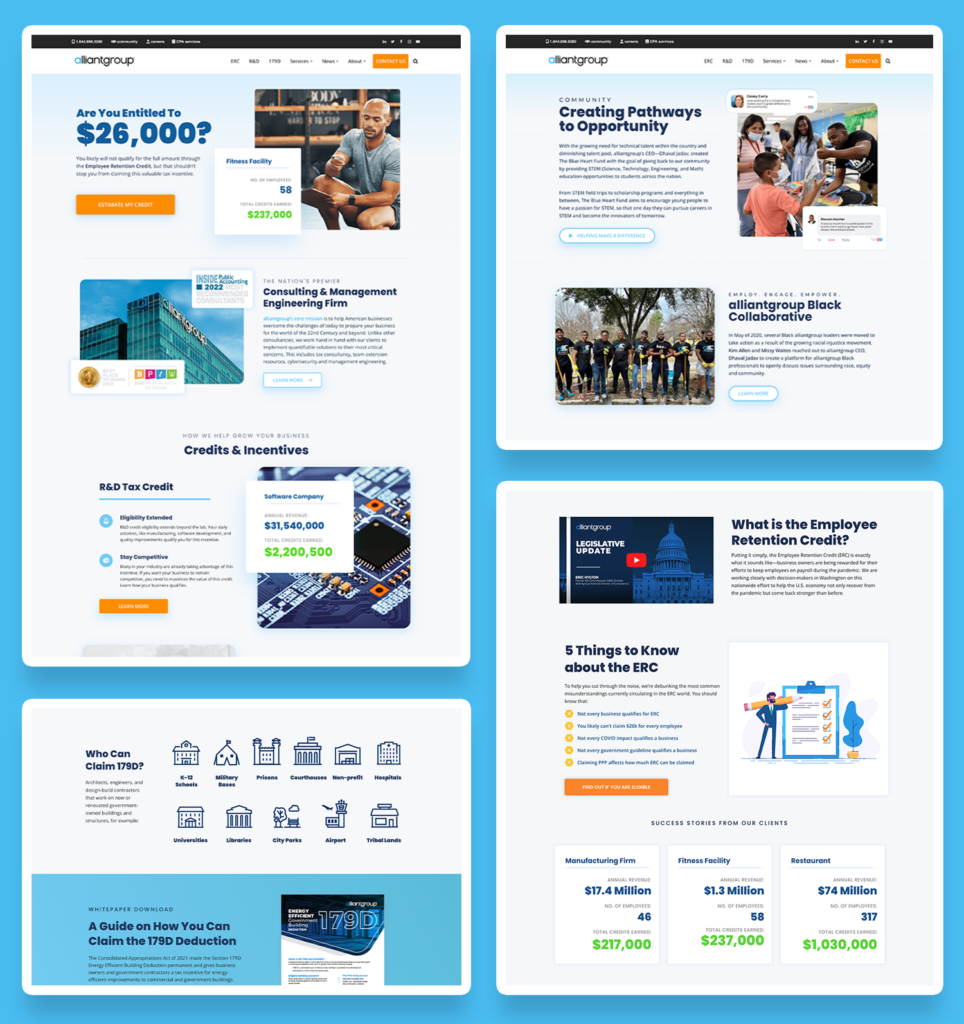
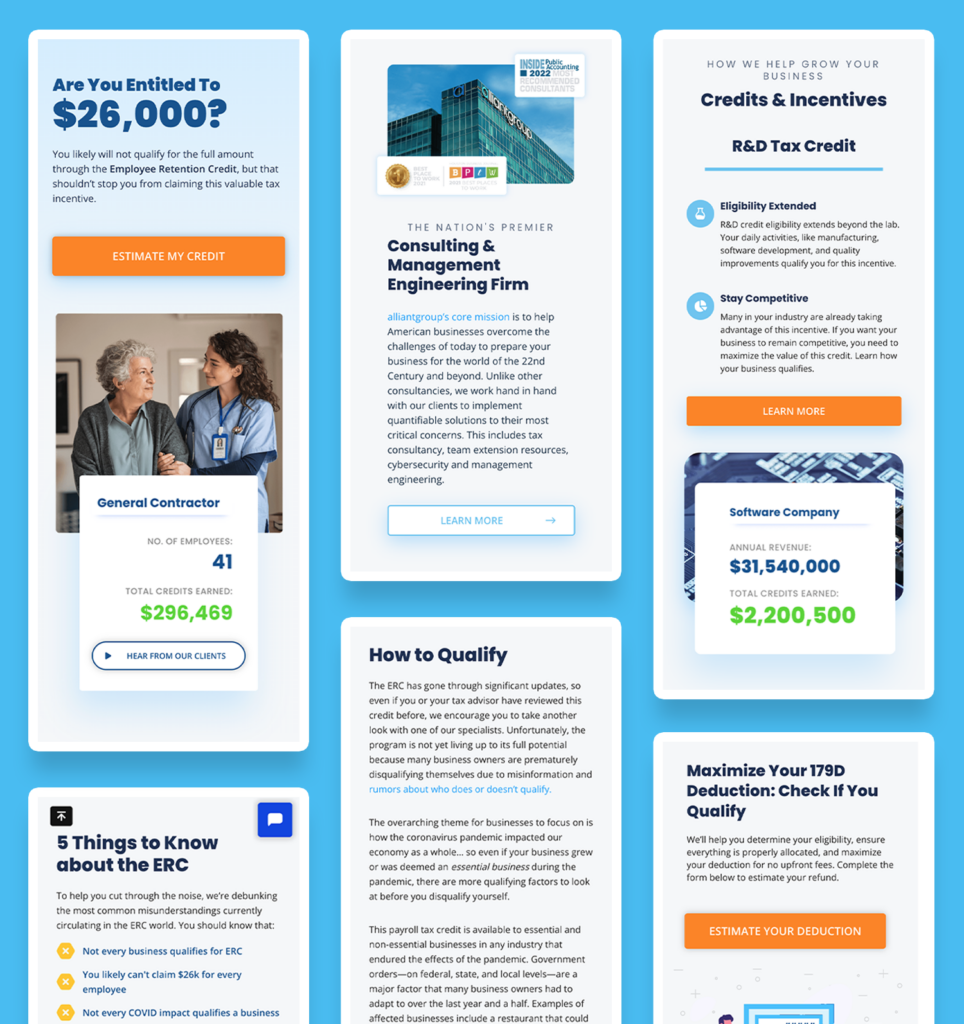
We adopted an iterative design process, continuously refining the user interface based on feedback from usability testing and stakeholder input. This approach ensured that the design evolved to meet user needs and business goals effectively.
Regular meetings and presentations were held with key stakeholders to discuss progress, gather feedback, and ensure alignment with the company’s brand identity and marketing strategies. This collaborative approach was vital in achieving a cohesive design that resonated with the company’s vision.
Close collaboration with the development team was maintained throughout the project to ensure the seamless implementation of design elements. This included:
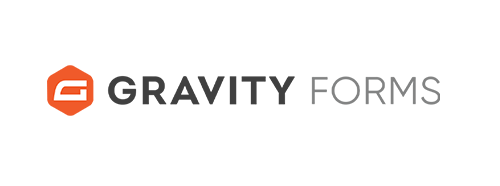
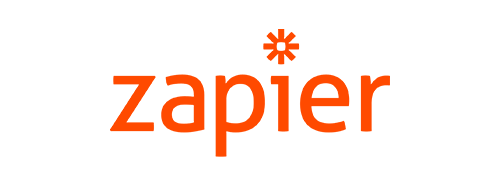
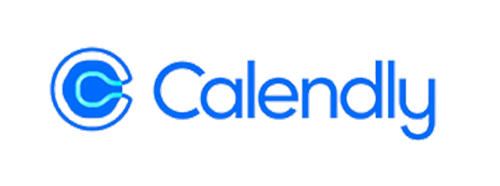
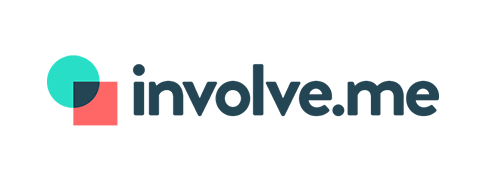
The redesigned Alliantgroup.com website is visually appealing, user-friendly, and effectively communicates the company’s offerings. Key design elements include:
The redesign has led to measurable improvements in user engagement and business outcomes:
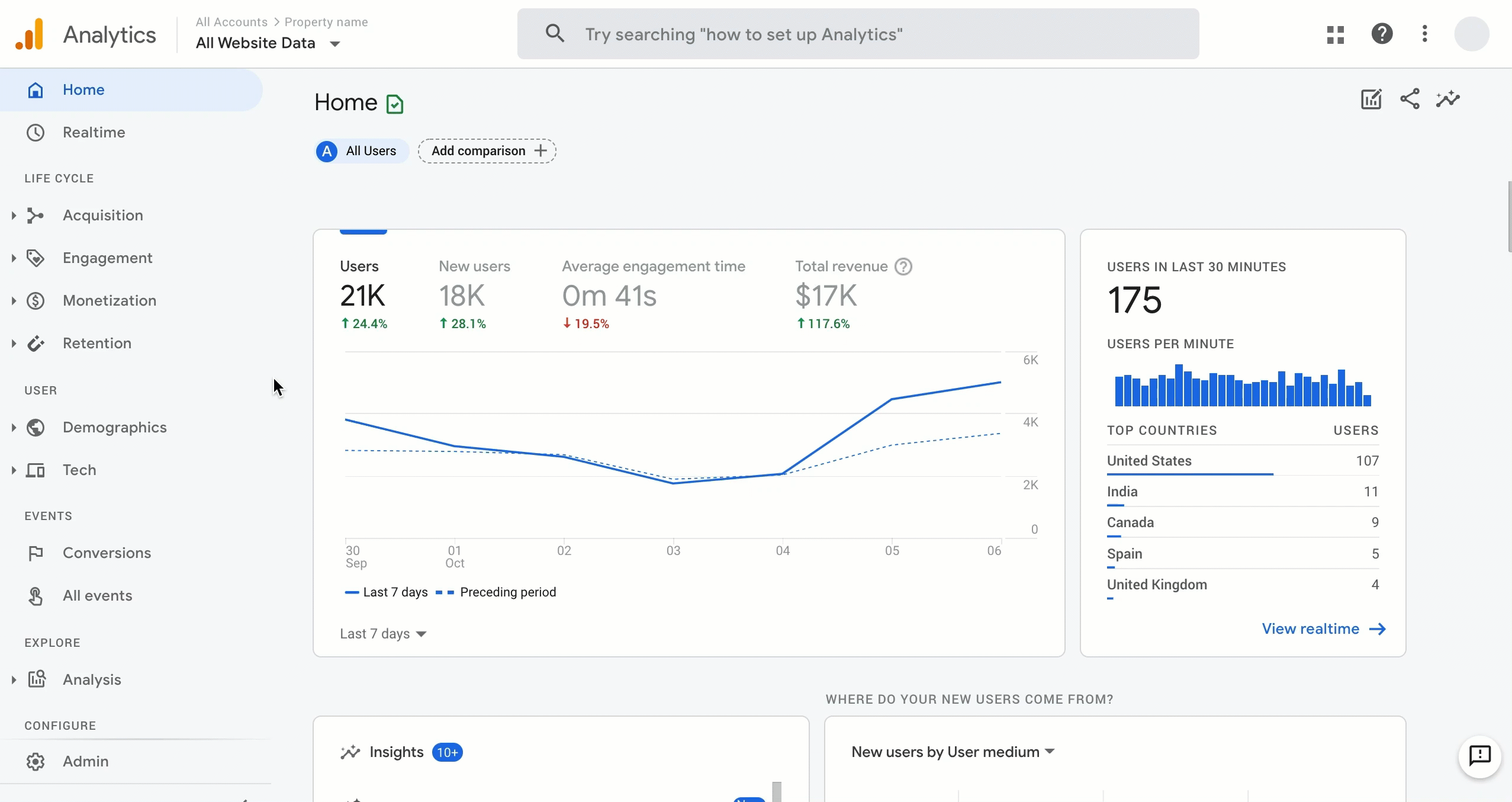

The UX/UI redesign of Alliantgroup.com demonstrates our commitment to user-centered design and effective collaboration. By focusing on research, iterative design, and seamless implementation, we successfully transformed the website into a powerful tool for business growth and user engagement.